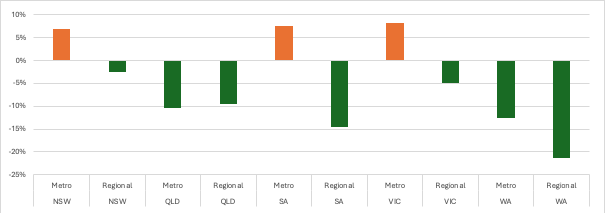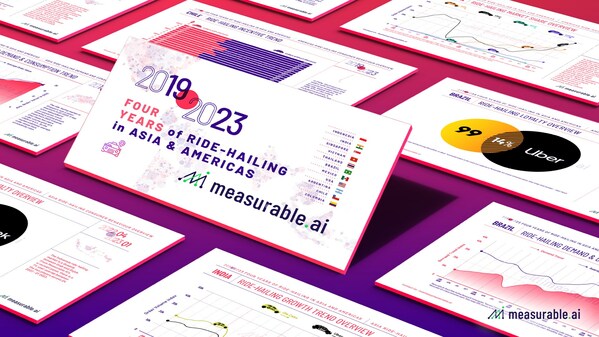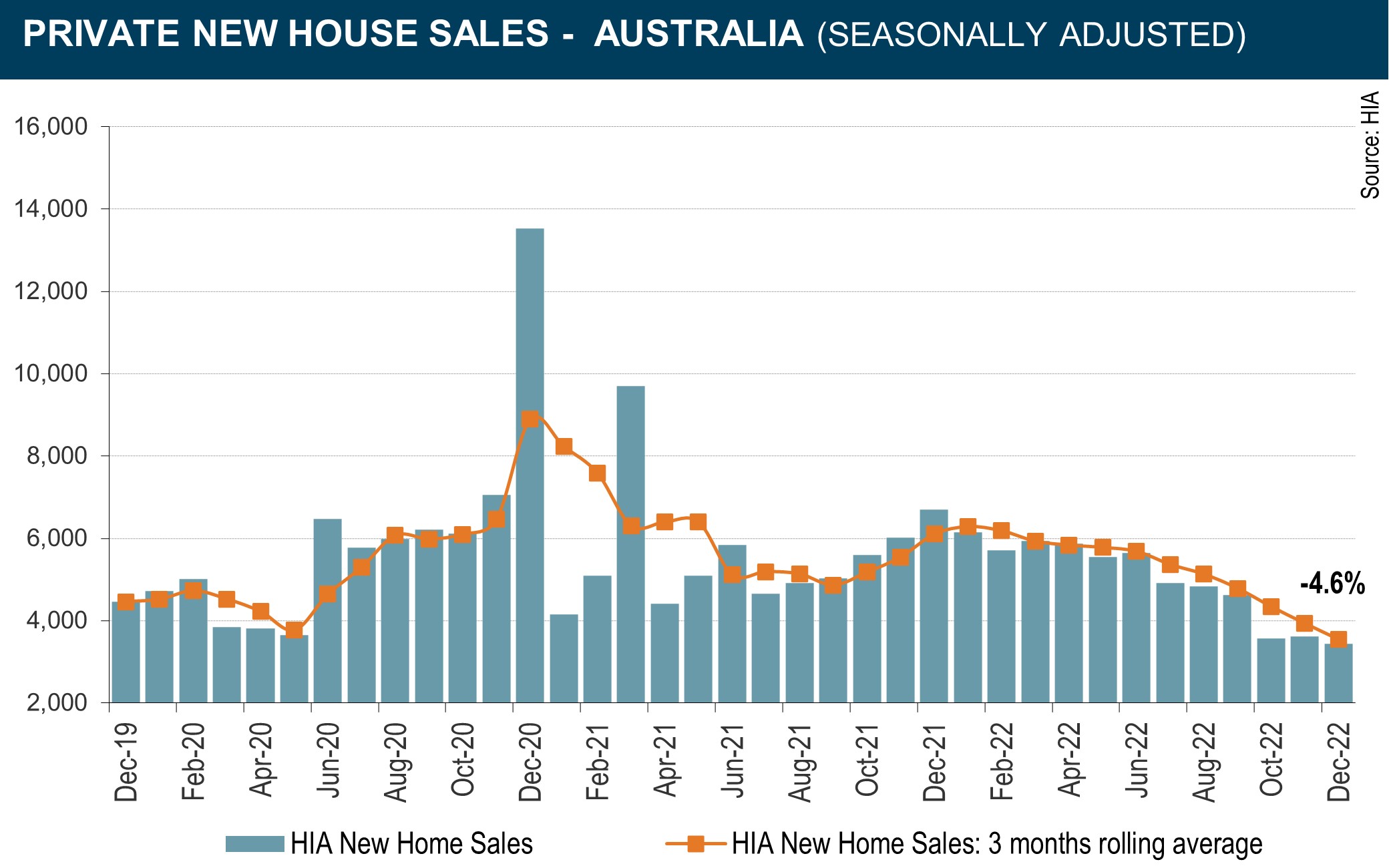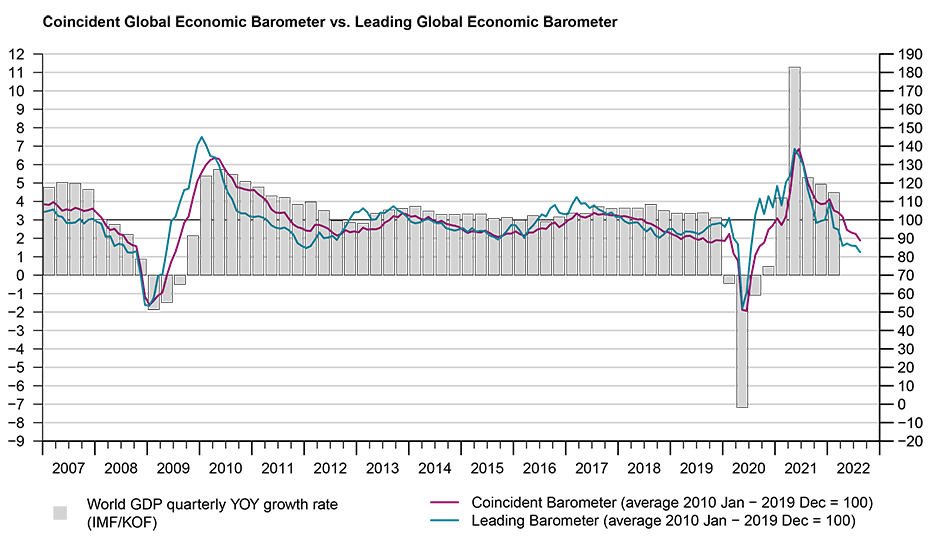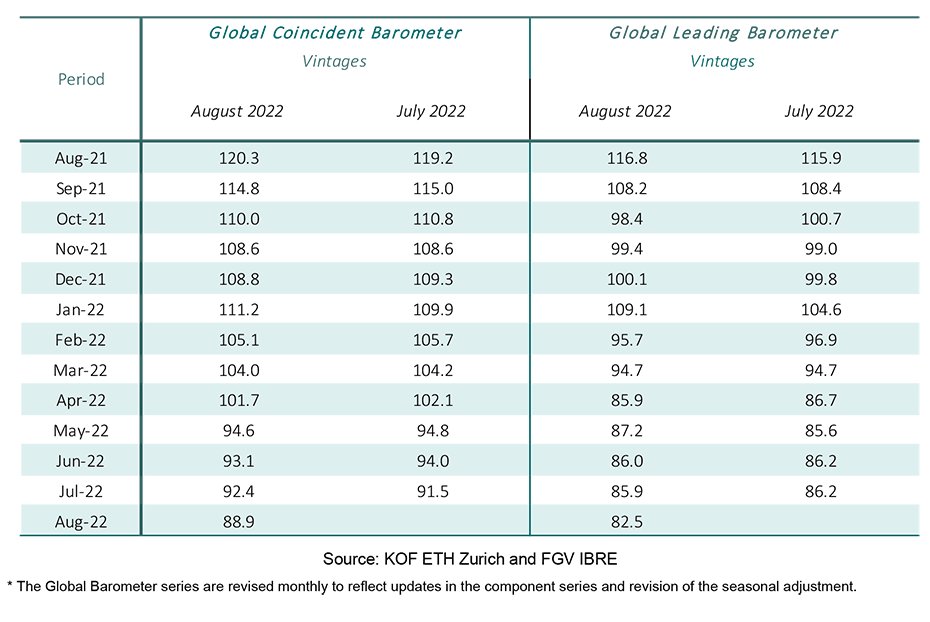Business ‘pact for impact’ with help from University of NSW
By Leon Getter, Talking Business >>
ONE OF THE BIG ISSUES now is research and development (R&D) for business. There are ways businesses can develop by working with universities. But how can this be done effectively?
The University of NSW has a model that’s built for business. It’s called the Pact for Impact, which seeks to align with goals set by business and persuades them to partner with UNSW researchers.
Sven Rogge, a dean at the Faculty of Science at the university, said businesses can have more of an impact by partnering with the university’s researchers.
The impact measures include scholarly measures, policy and influence, lives changed, sustainability and environment, and commercialisation.
“In the very past, the university would have looked at scholarly outputs. In recent years, we’ve appreciated translation in terms of commercialisation,” Professor Rogge told Talking Business. 
Pact partners are all innovators
Prof. Rogge said the Pact for Impact has a number of high-tech partners like Cochlear, multinationals like Alcoa, start-ups and national parks.
Prof. Rogge cited one example where there was one academic who was passionate about recycling who found a start-up that was interested in commercialising that space. They created a licence to recycle glass to create tiles. They are now making kitchen counter ceramics from recycled glass.
“So it took something that started in the academic space,” he said. “The IP was protected and it started having an influence in the commercialisation space and also making an impact in the sustainability space.
“So being able to articulate that allowed that project to show what its impact is, also thinking about where that project is going forward.
“For a company to articulate what they do beyond the dollars right now, of how they impact society, has value.
“For example, we have projects that are more in the medical space and the mental heath space, so we’re talking about many people’s lives we touched.”
Universities have their own time scales
Prof. Rogge agreed that the university has a different time scale agenda to business.
“We appreciate that and we try to work with businesses to accommodate their time scales and I would also say that in the handover process, those two things don’t have to be disjointed,” he said.
“Handing over and leading to a business outcome can happen quickly and start to generate revenue and future projects can be tackled afterwards.
“I don’t think there is a disconnect as long as there is a clear conversation about what needs to be achieved and the partnership is clear about who is bringing what into that partnership and works towards their goals.”
Australia falters in R&D
Prof. Rogge agreed that Australia has a very low investment in R&D – about 1.7% – whereas in other countries it has risen significantly.
He said this is why the Pact for Impact seeks to get partners on board to articulate what the problems are and how they can solve these problems in partnership with the university.
Prof. Rogge said the university had areas of strength. These included strong portfolios in the environment, climate and mental health.
“The most important part is starting a dialogue to find what the problem is and then find that joint value to be followed,” Prof. Rogge said.
“There’s often a misconception that the business has to bring money into this. It’s more about understanding what the problem is, and then looking at what solutions we have and what solutions could be created.”
Hear the complete interview and catch up with other topical business news on Leon Gettler’s Talking Business podcast, released every Friday at www.acast.com/talkingbusiness
https://shows.acast.com/talkingbusiness/episodes/talking-business-no-10-interview-with-professor-sven-rogge-f
ends

 How to resolve AdBlock issue?
How to resolve AdBlock issue? 
